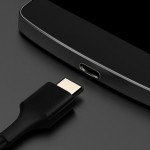
OUR VERDICT
The 15-inch Lenovo Yoga 720 is an excellent value for what’s on offer. Albeit with only a 1080p screen, the model we reviewed is well-designed and more powerful than its closest rivals without skimping on the battery life.
FOR
- Unparalleled 2-in-1 performance
- Competitive battery life
- Snappy trackpad and keyboard
- Sturdy hinge
AGAINST
- No USB-C charging
- No HDMI or SD card slot
- Down-firing speakers
Like the 13-inch model we reviewed a month ago, the 15.6-inch Lenovo Yoga 720 is a solid contribution to the 2-in-1 laptop space. It feels every bit as comfortable as a tablet as it does as a laptop, only this time it’s a bit heavier than before, weighing 4.4 pounds (2kg) instead of a measly 2.9 pounds (1.3kg). Oh, and the ports are marginally different.
Rather than two USB-C ports and one USB 3.0, the 15-inch Lenovo Yoga 720 packs a pair of legacy USB Type-A ports and a single USB-C connection. And, of course, the proprietary single-pin Lenovo connector is still being used for charging, a qualm we’ll address in more detail below.
The specs on the 15-inch Lenovo Yoga 720 creep eerily close to that of its smaller counterpart. Luckily, we were given the chance to review one of the configurations sporting an Nvidia GeForce GTX 1050 for added graphics prowess, bringing the Lenovo Yoga 720 up to snuff with competitors like the Samsung Notebook 9 Pro and the HP Spectre x360 15.
But, before we get into all of the specifics, let’s take a look at the pricing.
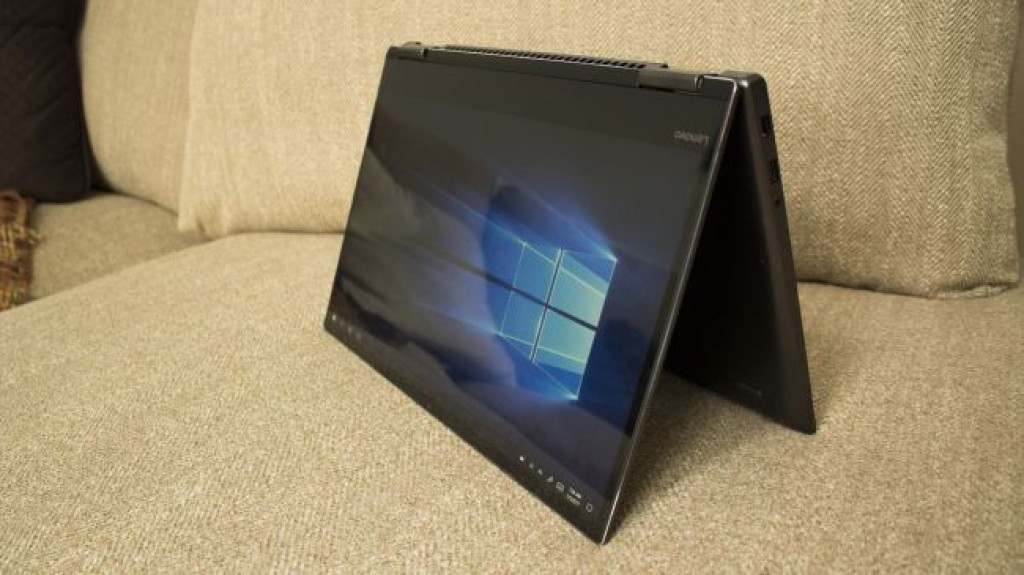
Price and availability
In the US, the 15-inch Lenovo Yoga 720 configuration we reviewed can be had for $1,199. Interestingly enough, this version – nor any version of this convertible for that matter – can be found in the UK. And, in Australia there is only one AU$2,699 build.
For $1,199, you’re getting a Lenovo Yoga 720 featuring a 15.6-inch, full HD (1,920 x 1,080) multitouch display, a quad-core Intel Core i7 CPU, a 2GB Nvidia GeForce GTX 1050 GPU, 8GB of RAM and a 256GB SSD. However, for a couple hundred dollars less at $999, you can get those same specs sans the discrete graphics.
The most you can expect to pay for this Lenovo Yoga 720, at least in the US, is $1,699 for the same processor and GTX 1050 GPU paired with a 4K (3,840 x 2,160), 16GB of RAM and a 1TB SSD.
Lastly, the lone $2,699 Australian model nets you that same an Intel Core i7, 256GB of SSD storage, 16GB of RAM, a 1080p screen and, oddly enough, a GTX 1050 graphics card with double the video memory.
Design
For the most part, the Lenovo Yoga 720 is built like a dream. Everything about it screams comfort, from its aluminum finish to the six-row backlit keyboard.
The key travel feels a lot better than butterfly mechanism found in the MacBook Pro, plus every key is rounded off at the bottom for improved ergonomics. After all, it’s less likely that you’ll strike the wrong key if each one is shaped like your fingers are.
Although the trackpad isn’t nearly as satisfying or precise as Apple’s Force Touch trackpads, it’s still one of the better ones we’ve used on a Windows laptop. Better yet, the silvery border which surrounds its clicker only adds to the prestige of the Lenovo Yoga 720.

Airflow is handled simply and smartly on the Lenovo Yoga 720, with a single vent pointing from the rear of the machine. So while it’s not completely silent, the fans are positioned in such a way that they’re never distracting.
It’s surprising Lenovo was able to pull this off given the use of Intel’s standard voltage, quad-core “H” series Core i7-7700HQ processor, the first of its kind to be featured in a 2-in-1. You would think that paired with a GTX 1050, the Lenovo Yoga 720 would get loud, especially during heavy gaming sessions, but it typically does not.
To be so powerful, the 15-inch Lenovo Yoga 720 still bears a relatively compact frame, making it the ideal candidate for kicking back and watching a movie or three in bed on a lazy Sunday. While the 1080p model won’t look as good doing so, there is the option of a 4K screen that starts at $1,349.
The full HD version is fine on its own, but this reviewer is far too adjusted to the crystal clear quality of QHD and UHD screens at this point not to complain about the washed-out appearance of a standard 1,920 x 1,080 IPS display – especially seeing as there aren’t any spicy brightness enhancements to make it competitive with the Samsung Notebook 9 Pro.
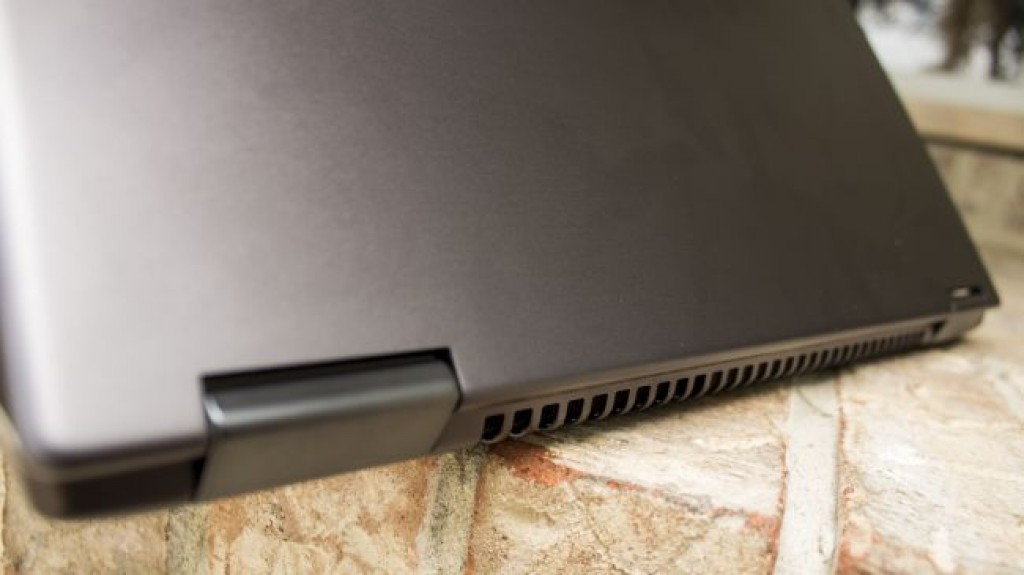
Speaking of watching movies, don’t plan on doing so without a decent set of headphones, as the speakers here are down-firing, thereby muffling the sound in practically every position. Given the lack of ports, they could have easily been integrated on the sides or above the keyboard, but instead we’ve been disappointed once again by tinny sound on a laptop.
Then there are the ports which, as was the case with the 13-inch Lenovo Yoga 720, are notably disappointing. Limited to just two USB ports, a single USB-C port, a headphone jack and a single-pin proprietary Lenovo charging deck, you’ll need to purchase an adapter or two if you want to use an HDMI-based monitor or SD card reader.
At the very least, Lenovo should have gone the way of the HP Spectre x360 or the Huawei MateBook X and included the necessary cables for these elemental functions, but alas that was not the case. Instead, the company is still relying on its own charging connector and appointing USB-C to a good chunk of the accessory duties.
Next time, we hope to see USB charging from Lenovo, preferably without any clunky power bricks involved. As it stands right now, that’s unfortunately not the case.
Performance-wise, the Lenovo Yoga 720 demolishes everything in its path. Because it uses an H series processor instead of the usual U series, the HP Spectre x360 15 and Samsung Notebook 9 Pro didn’t stand a chance in our benchmarks.
Even with half the RAM, the Lenovo Yoga 720 model we were sent experienced better results than the HP Spectre x360 in every test. And, with the exception of the Geekbench 4 single-core, PCMark 8 Home and TechRadar movie tests, it significantly outperformed the Samsung Notebook 9 Pro as well.
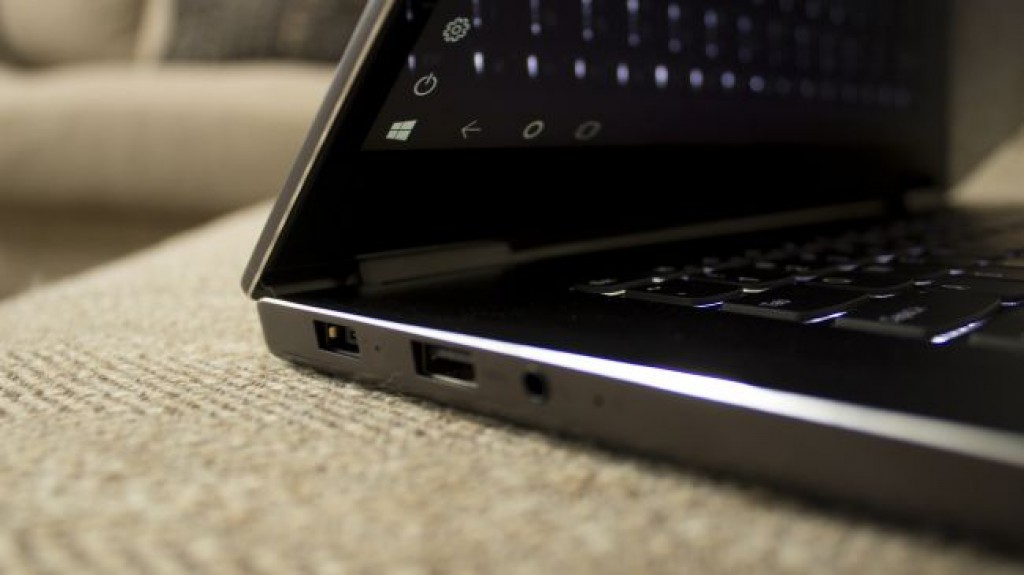
This system won’t be able to run, say, Nier: Automata at a stable 1080p and 60 fps with the graphics settings cranked all the way up, nor is it intended to. But, with its specs, you can expect to run modern triple-A games at medium settings and at a standard HD (1,366 x 768) resolution, as recommended by Nvidia’s GeForce Experience software.
We did, however, spend some time taking BioShock Remastered for a test drive on the Lenovo Yoga 720; a game that, while nothing more than a slight makeover to a game that came out 10 years ago, runs flawlessly with all the graphics settings (including the resolution) cranked up.
So, if you plan on using the Lenovo Yoga 720 for light – or legacy – gaming, it’s a surprisingly worthy candidate.

Battery life
Despite coming out short in our movie test, wherein the film Guardians of the Galaxy is looped until the computer dies, compared to the Samsung Notebook 9 Pro, the Lenovo Yoga 720 has a strong battery life as well.
At 7 hours and 7 minutes, it clearly bested the HP Spectre x360 15 (5 hours and 31 minutes), even with its higher voltage requirements. And, though it didn’t touch the 8 hours and 23 minutes achieved by the Samsung Notebook 9 Pro, it wasn’t too far from the “up to 9 hours” promised by Lenovo itself, a rarity in the laptop space.
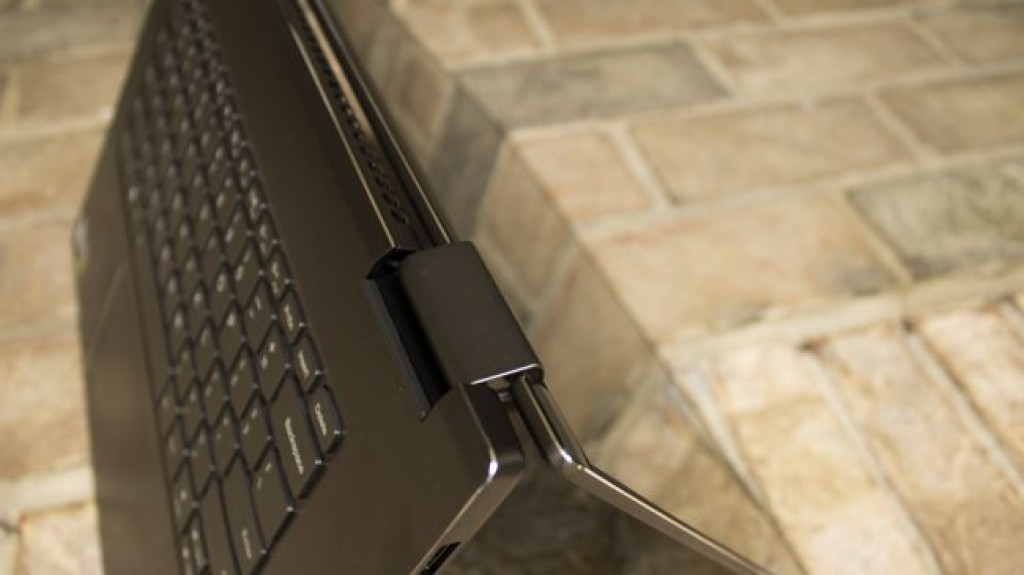
We liked
The Lenovo Yoga 720 is a phenomenal balance of everything you could ever want from a 2-in-1 laptop. What with the gorgeous and cozy design, its uncharacteristically sturdy hinge and awe-inspiring combination of processing power and graphics performance, it puts the competition to shame in many ways.
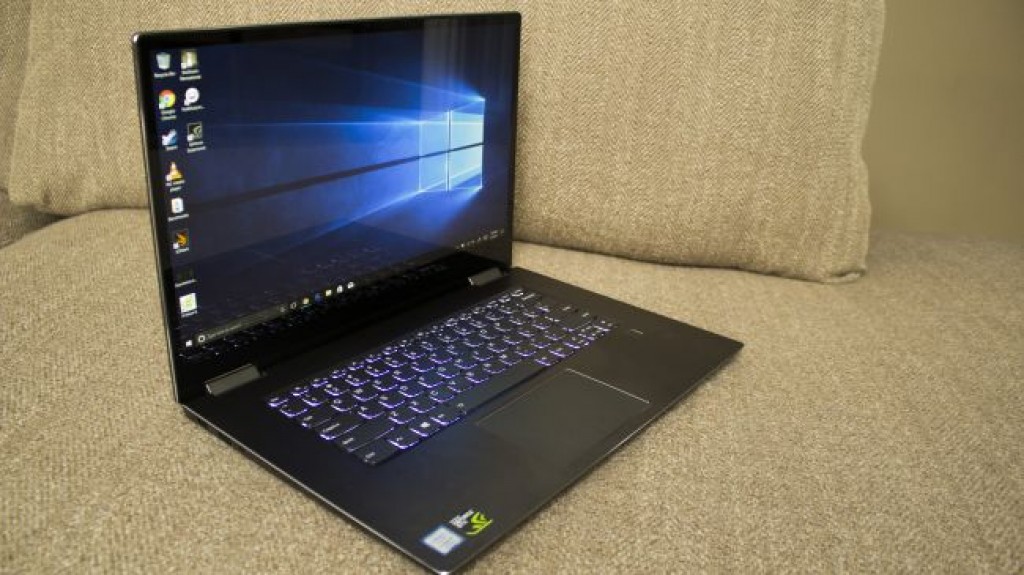
We disliked
However, in other ways, it feels like a blast from the past, and not in a good way. The proprietary charging is reminiscent of a laptop that’s much older than this one, plus it’s tied to one of those weighty power bricks that should go away forever in favor of USB-C. This is contradicted by the lack of artifacts we actually want like, say, an HDMI port or an SD card slot.
Lastly, like the 13-inch Lenovo Yoga 720 before it, the speakers are down-firing, which makes for an average listening experience depending on how the laptop is situated. Unfortunately, most 2-in-1 laptops seem to be better off with headphones.

Final verdict
You may think 15 inches is too big for a hybrid, but the Lenovo Yoga 720 be the laptop to convince you otherwise. Not too heavy or too massive in its dimensions, this laptop is well-rounded notwithstanding a few minor gripes. If your aim is to get the most power from your 2-in-1 without compromising on battery life, the Lenovo Yoga 720 might be your best bet.
Even without a full array of ports, you can get everything done that you need to with this 15-inch laptop-meets-tablet. That includes binge-watching Netflix and playing games. It’s not particularly the “best” at any one specific task, but rather the Lenovo Yoga 720 is a multi-faceted powerhouse – and one that flips 360 degrees whenever you need it to.
Sоurсе: techradar.com





































